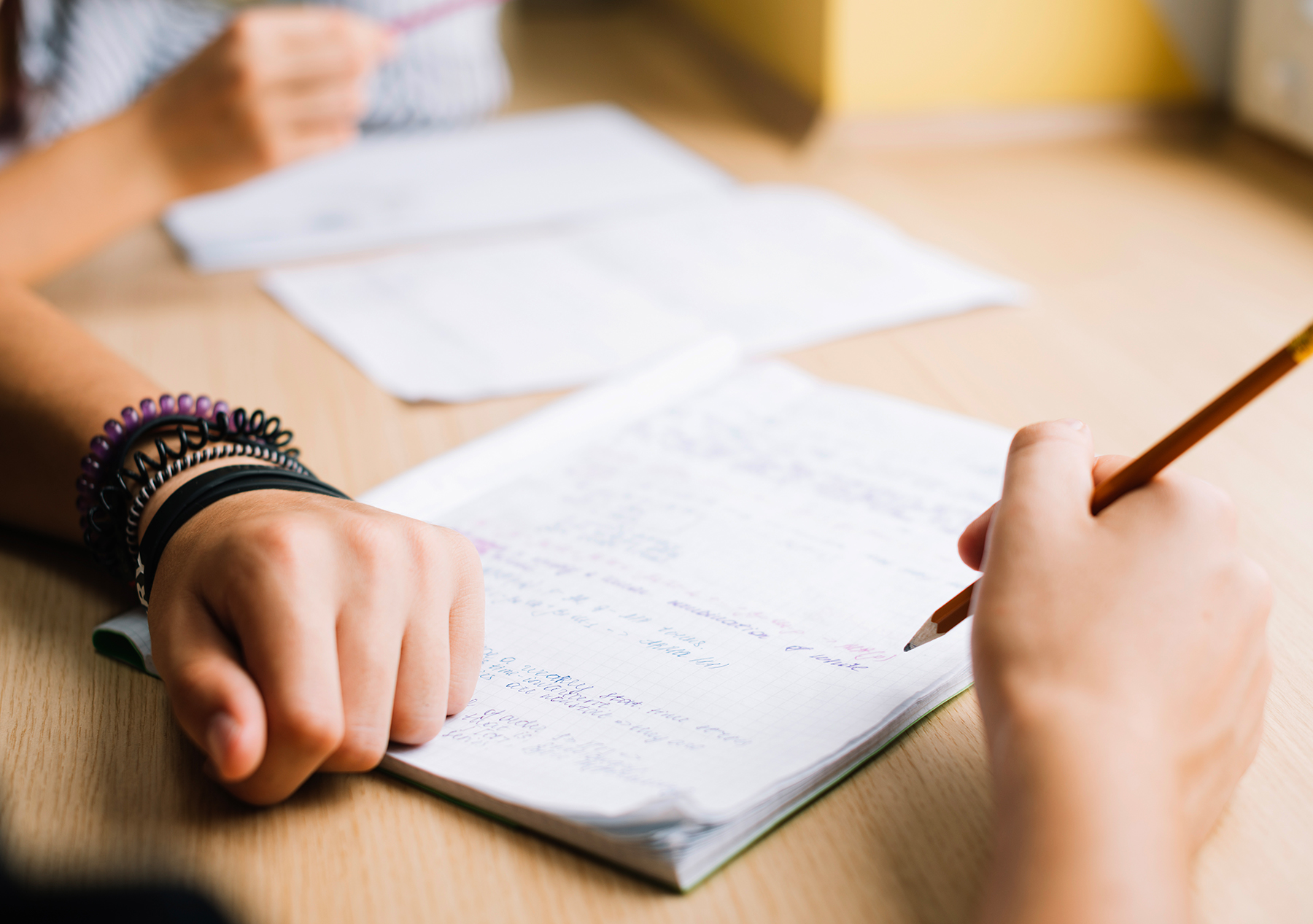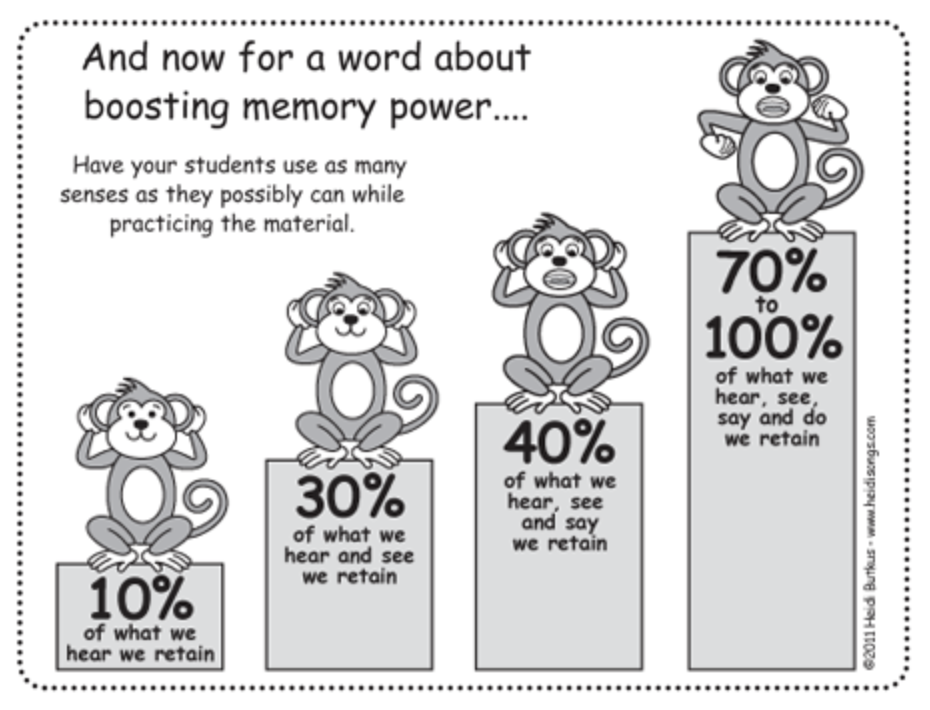PrintWorks – How Writing on Paper Promotes Cognitive Development
By Arora Maravich

If there is one place you can count on finding a consistently abundant use of paper daily, it’s an American public school. However, with a push towards computer literacy and virtual learning, is writing on paper still necessary in education? In short, the answer is yes, and the reasons extend far beyond the convenience of printed paperwork. The development of a strong student’s brain is an incredibly complex process and utilizing paper in the right ways can assist in cognitive development.
I’m sure you’ve heard the term “visual learner” before, and you probably have some idea about how you learn best. Most learners find that they favor one of the three learning methods in the VAK learning style (visual, auditory, and kinesthetic). The truth is that studies have found that the best way to support cognitive development is through a multi-sensory learning technique, and this works best when all three styles of learning are used at the same time. In my experience, it is the kinesthetic element of learning that is often the most neglected, but it is no less important than visual and auditory learning. I have found that kinesthetic learning suffers the most with computer-based learning.
The US education system has been moving away from emphasizing handwriting in schools, and has all but done away with cursive instruction, with the assumption that students are moving into an ever-increasing digital age. While this may be true, it does not mean that handwriting is no longer important. The kinesthetic element of physically writing on paper, especially for students that may be struggling with learning, is essential to cognitive development. The motor function involved with physically doing things, such as handwriting, is an incredibly powerful memory tool. We must understand that muscle memory extends beyond just riding a bike. These benefits span across ages and subjects. Young students that are struggling to learn how to read benefit highly from physically writing on a piece of paper while hearing and saying letter sounds. (Hint: this is even more effective when there is more friction and pull, such as using pencils and crayons on paper, as opposed to something that moves across the paper a little smoother, like pens and markers.) It has also been found that older students are more effective and efficient when using paper to learn how to solve algebra equations, as opposed to doing so on the computer. It has even been found that students take significantly longer to complete algebra assessments on the computer than they do on paper.
In short, we should be wary of the negative effects of moving away from students physically learning and writing on paper. While the computer may be a great place to fine tune and add finishing touches (such as typing up the final draft of a paper), there is no replacing the working memory benefits of handwriting when learning new material. Handwriting notes, completing math formulas on paper, spelling, and grammar are just some examples of learning that students will more successfully map in their brains when they have the kinesthetic learning aspect of writing on paper. There is an important link between the formation of letters and numbers by the hand to the brain that cements learning better than typing on a keyboard ever will.
If you’re concerned about sustainability, PrintWorks offers 100% recycled multipurpose paper that’s made in the USA from recycled food and beverage containers. It’s perfect for printing reports, presentations, manuals, school projects and more!
About Arora Maravich

Arora received her undergraduate degree from Rutgers University in New Brunswick, NJ and studied at Duke University Graduate School in NC. She is currently pursuing her Master of Arts in Teaching – Special Education from Relay Graduate School of Education in Wilmington, DE. Arora is certified as a structured literacy/dyslexia interventionist through the Center for Effective Reading and certified at the teaching level through the Reading Assist Intervention Program. Arora has Emergency Certifications as a Middle Level English Language Arts Teacher (Grades 6-8) and an Elementary Teacher (Grades K-6), as well as a Certificate of Eligibility in Special Education Teacher of Students with Disabilities (Grades K-12). Arora currently teaches second grade in Wilmington, DE.
Follow us @printworksdiy on social media for more craft inspiration, and visit our Store to check out the rest of our product line.




